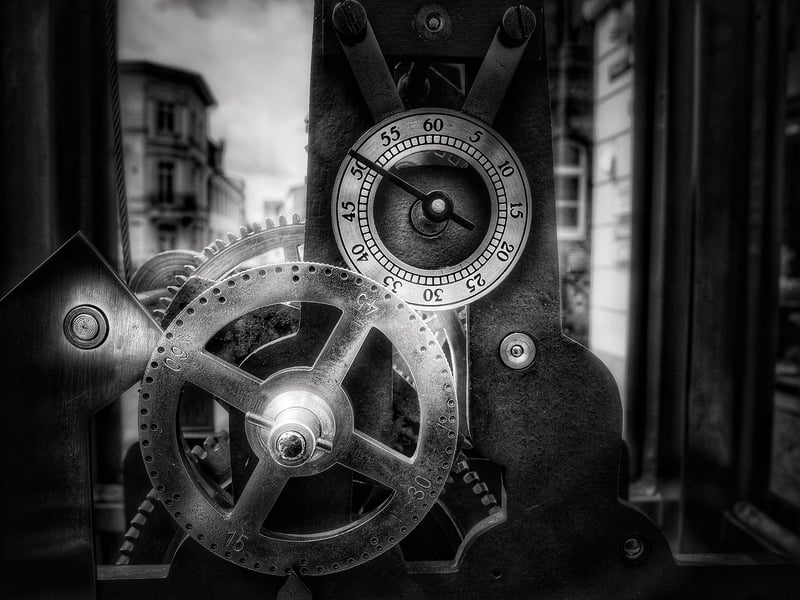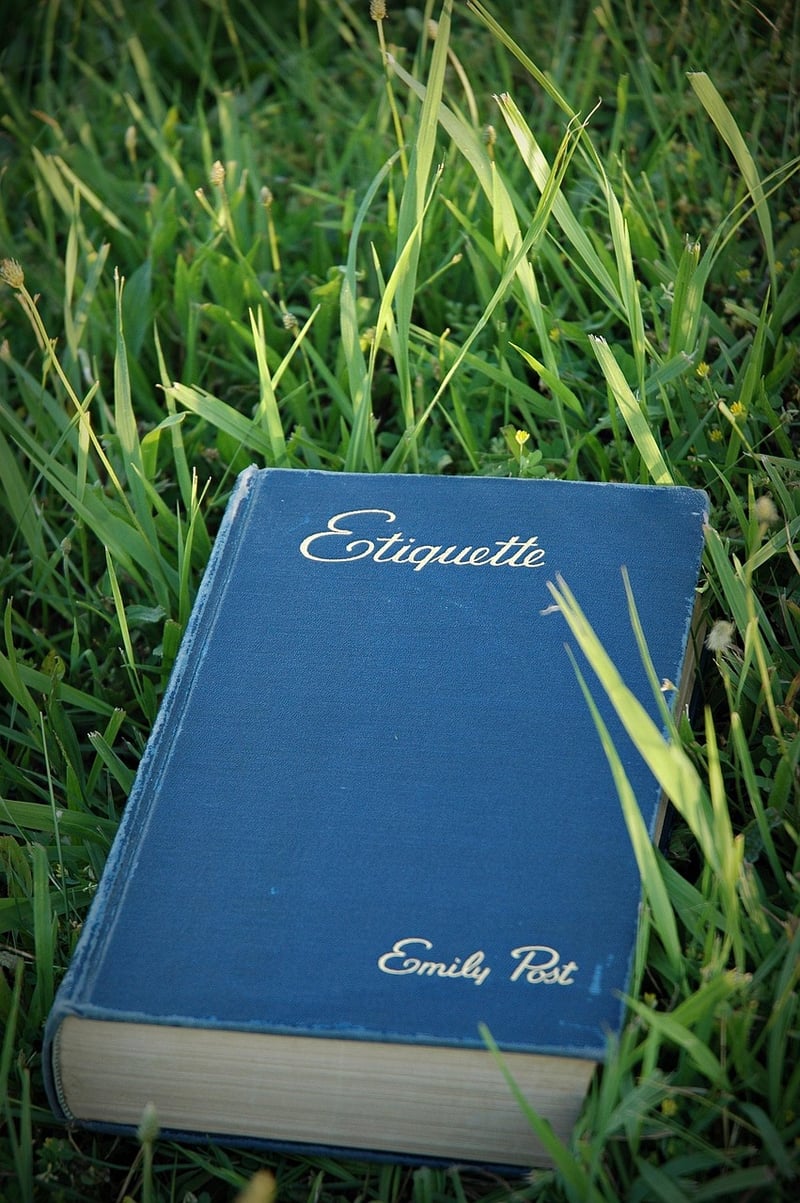Historical Etiquette
Essential Advice for Time Travelers
Introduction
Time travel has always fascinated people, but if you find yourself in a situation where you can travel through time, there are some essential pieces of advice to keep in mind.
1. Blend In
When traveling to a different time period, it's crucial to blend in with the locals. Observe how people dress, speak, and behave, and try to adapt accordingly. Standing out may attract unwanted attention or alter historical events.
2. Respect Local Customs
Every era has its own set of customs and traditions. Be respectful of these practices to avoid causing offense. Understanding and following local customs can help you navigate the time period smoothly.
3. Be Mindful of Technology
Technology varies significantly across different time periods. Be cautious about sharing knowledge of future technologies, as it can have unintended consequences and disrupt the natural progression of history.
4. Avoid Major Historical Events
While it may be tempting to witness significant historical events, interfering with them can have severe repercussions. It's best to observe from a distance and avoid altering the course of history.
5. Keep a Low Profile
To prevent drawing unnecessary attention to yourself, it's advisable to keep a low profile. Avoid revealing information about the future or engaging in activities that could raise suspicions.
Historical Etiquette
Introduction
Understanding historical etiquette is crucial when interacting with people from different time periods. Here are some tips to help you navigate social situations in the past:
1. Greetings and Introductions
When meeting someone in the past, follow the local customs for greetings and introductions. Pay attention to titles, forms of address, and appropriate gestures to show respect.
2. Table Manners
Table manners vary across cultures and time periods. Observe how people eat, use utensils, and interact during meals to avoid breaching etiquette. Remember to express gratitude for hospitality.
3. Dress Code
Dressing appropriately for the time period is essential. Research the fashion norms of the era you are visiting and ensure your attire aligns with societal expectations to avoid standing out.
4. Communication Style
Adapt your communication style to match the historical period. Pay attention to language usage, speech patterns, and formalities in conversations to communicate effectively and respectfully.
5. Social Interactions
Engage in social interactions with courtesy and politeness. Respect hierarchies, follow societal norms, and show interest in the interests and concerns of people from the past to build rapport.


